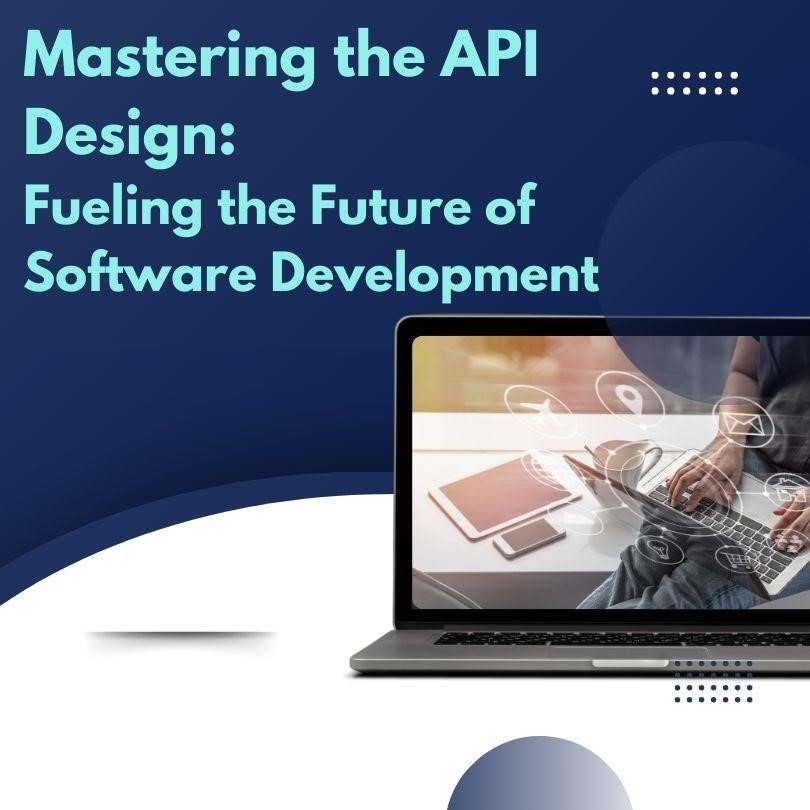Mastering API Design: Fueling the Future of Software Development
In the world of modern software, Application Programming Interfaces (APIs) have taken center stage, driving innovation, efficiency, and scalability. As the digital landscape continues to evolve, the importance of well-structured API design is more evident than ever. Madhu Garimilla, an expert in software engineering, delves into this subject in a comprehensive discussion that highlights best practices, emerging trends, and future directions in API design. Below, we
explore the core innovations reshaping the API ecosystem and their transformative potential in modern software architecture.
APIs: The Backbone of Modern Software Development
APIs are the backbone of modern software, enabling seamless communication between diverse systems and facilitating interoperability. They play a critical role in both everyday applications and large-scale enterprise solutions by promoting modularity and scalability. By simplifying complex functionalities into accessible endpoints, APIs help developers build new solutions more efficiently, reducing development time and resource consumption. This modular approach enhances flexibility, allowing companies to innovate and quickly adapt to evolving market demands, making APIs essential in today’s technology landscape.
Scalability and Flexibility: The API Advantage
APIs provide crucial scalability, allowing systems to handle large data volumes across multiple platforms. With a well-designed infrastructure, developers can scale individual components without altering the entire system, ensuring responsiveness during high traffic. APIs also offer extensibility, enabling third-party developers to integrate and enhance core platforms without affecting underlying logic. This flexibility fosters thriving ecosystems where innovation is driven by both original developers and external contributors, fueling the growth of developer communities and new business models in API-first environments.
Best Practices in API Design: Ensuring Usability and Performance
Effective API design balances clarity, usability, and performance optimization. Clear, consistent naming conventions help developers quickly grasp an endpoint’s purpose, improving adoption and integration speed. Input validation and robust error handling prevent disruptions, with meaningful error messages and proper HTTP status codes aiding faster debugging and resolution. Comprehensive, interactive API documentation is key to wider adoption, providing clear examples and use cases. Tools like Swagger and Postman further enhance the developer experience, allowing real-time testing and learning, which accelerates integration and reduces support inquiries, ensuring reliable and efficient API usage.
Optimizing API Performance for Seamless User Experience
Optimizing API performance is crucial for ensuring a smooth user experience. Key strategies include pagination for large datasets and rate-limiting to prevent system overload, both of which help maintain responsiveness under high traffic. Caching frequently accessed data on both client and server sides further reduces latency and server load. Asynchronous processing also improves responsiveness by preventing delays from long-running operations. Additionally, technologies like GraphQL enhance efficiency by allowing clients to request only the necessary data, minimizing payload size and reducing response times, especially in applications with complex data requirements.
Enhancing Security: Safeguarding APIs in a Threat-Heavy Landscape
API security is crucial as they handle sensitive data and critical operations. Key practices like OAuth 2.0 for authentication, JWT for stateless sessions, and HTTPS for secure data transmission protect against unauthorized access and data breaches. Emerging trends, such as AI-driven security solutions, leverage machine learning to detect real-time threats, adding an extra layer of defense. Additionally, the zero-trust architecture is gaining popularity, ensuring every API call is scrutinized, regardless of its origin.
Future Directions: The Evolution of API Ecosystems
Several emerging trends are set to reshape the API landscape. API-first design is gaining traction, ensuring APIs are central to software architecture, promoting consistency and a better developer experience. GraphQL and gRPC are also becoming key players, with GraphQL addressing over- and under-fetching in REST, while gRPC excels in real-time communication. Additionally, serverless computing is further enhancing API potential by abstracting server management, allowing developers to focus on writing code, reducing overhead, and improving scalability.
In conclusion, API design stands at the heart of digital transformation, enabling businesses to innovate and scale at unprecedented rates. By adhering to best practices and staying ahead of emerging trends, developers can create robust, secure, and high-performance APIs that drive the next generation of software solutions. As the API landscape continues to evolve, the insights provided by Madhu Garimilla offer a blueprint for success in navigating the complexities of modern software architecture. Through thoughtful design and continuous optimization, APIs will remain the backbone of innovation in the digital age.

